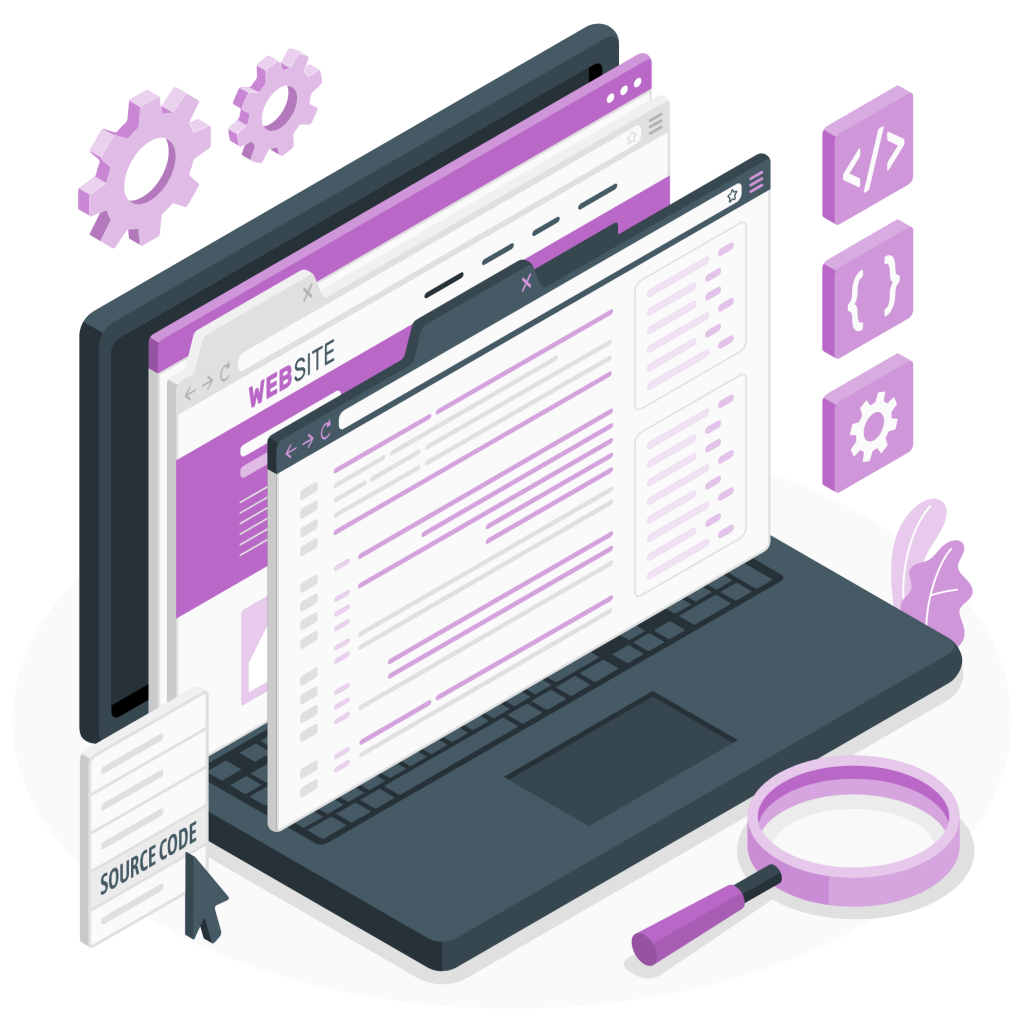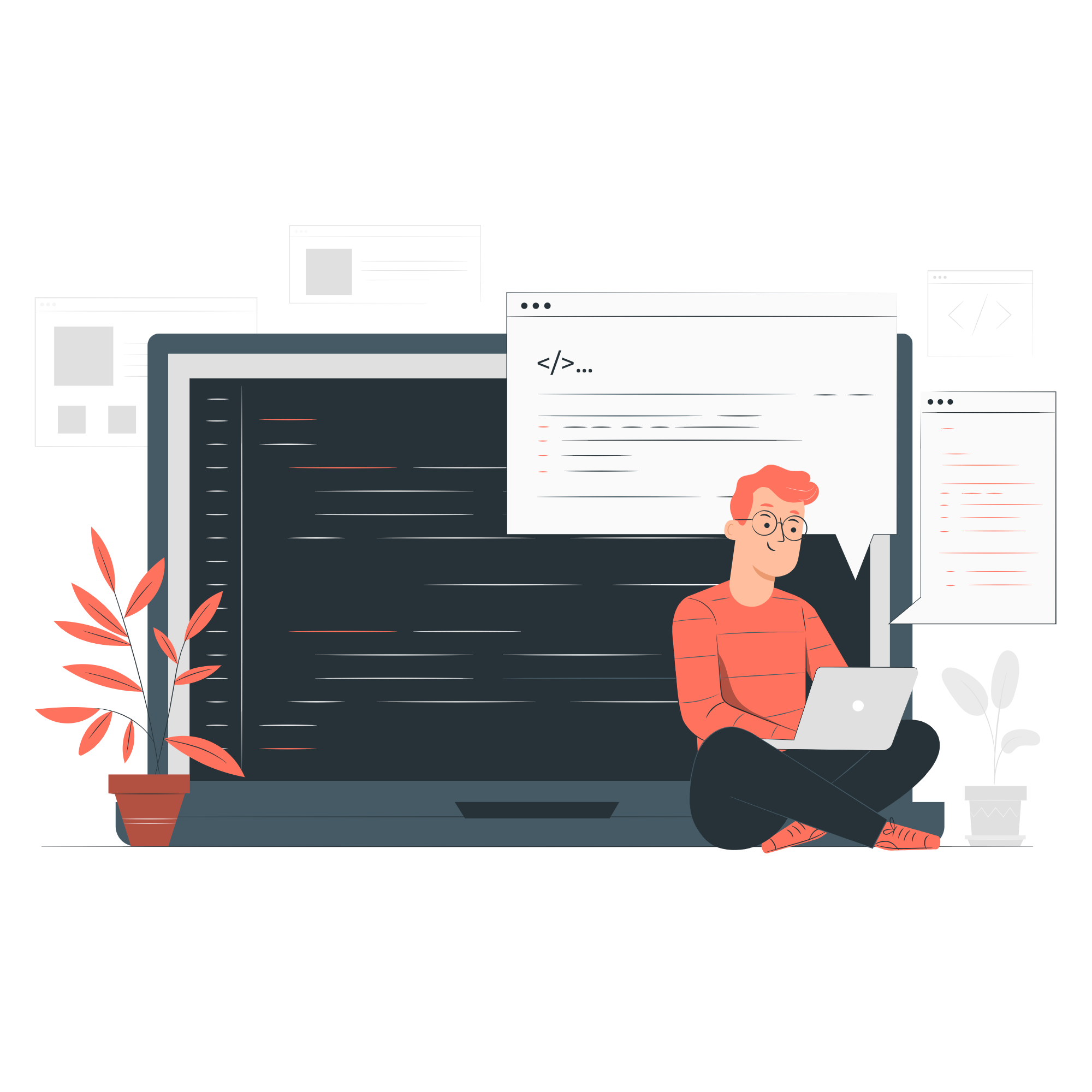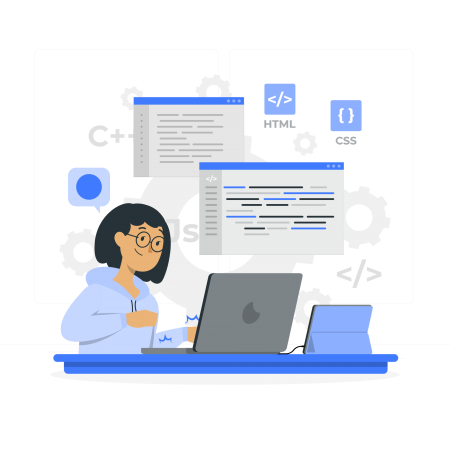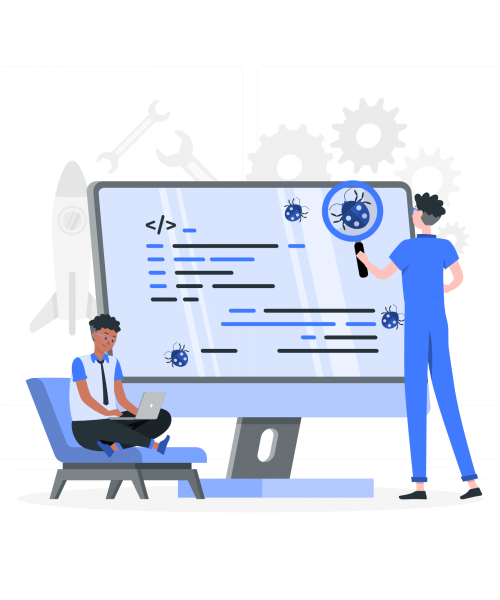WEB DEVELOPMENT
Training
Introduction Web design and development
There are the two main components of creating a website. Web design is the process of creating the visual appearance and layout of a website, while web development is the process of creating the underlying code that makes the website function. There are many different web design and development courses available, both online and in person. These courses can range from introductory courses to more advanced courses that cover specific topics such as web design principles, web development languages, and search engine optimization (SEO)

Benefits of Studying Web Design and Development
There are many benefits to studying web design and development. These benefits include: Learning how to create websites that are both visually appealing and functional Gaining the skills to work in a growing and in-demand field Developing problem-solving and critical thinking skills Having the opportunity to be creative and innovative Starting your own web design or development business.
Types of Web Design and Development Courses
There are many different types of web design and development courses available. Some of the most common types of courses include: Introductory courses: These courses are designed for beginners and cover the basics of web design and development. Advanced courses: These courses are designed for experienced web designers and developers and cover more specialized topics
choosing a web design and development course
there are a few factors to consider: Your level of experience: If you are a beginner, you will want to choose an introductory course. If you have some experience, you may want to choose an advanced course or a certification course.

Your interests:
Consider what topics you are most interested in learning about. There are many different specializations within web design and development, such as front-end development, back-end development, and user experience (UX) design. Your budget: Web design and development courses can range in price from free to several thousand dollars. Choose a course that fits your budget. Conclusion Web design and development is a rewarding and in-demand field
Front-end development:
Front-end development is the process of creating the visual appearance and layout of a website. It involves using HTML, CSS, and JavaScript to create the elements that users see and interact with.
Front-end developers are responsible for the following tasks:
- Designing the user interface (UI)
- Developing the interactive elements of a website
- Coding the website’s layout and structure
- Optimizing the website for performance and usability

Back-end development:
Back-end development is the process of creating the underlying code that makes a website function. It involves using programming languages such as PHP, Python, and Java to interact with databases, process user input, and generate dynamic content.
Back-end developers are responsible for the following tasks:
- Designing and developing the database
- Coding the back-end logic that powers the website
- Integrating with third-party APIs
- Optimizing the website for performance and security
- Testing the website for bugs and errors
Full stake development:
Full-stack development is a web development approach in which a single developer can handle all aspects of the development process, from the front-end to the back-end. This includes designing the user interface, developing the interactive elements, and creating the back-end logic that powers the website.
Full-stack developers are typically proficient in a variety of programming languages and technologies, including HTML, CSS, JavaScript, Python, PHP, and SQL. They also have a strong understanding of web design principles and user experience (UX) design.
Back-end developers are responsible for the following tasks:
- Designing and developing the database
- Coding the back-end logic that powers the website
- Integrating with third-party APIs
- Optimizing the website for performance and security
- Testing the website for bugs and errors
